Introduction
In case you’re out of the loop, here are all the Moondrop products I’ve reviewed over the years:
As you can tell from the positive review after positive review of their products, I hold a lot of appreciation for Moondrop IEMs. Their entire lineup, both past and present, have been massive hits in their own rights, garnering both critical acclaim and widespread popularity. As a result, their products are released with much fanfare and hype, with everyone chomping at the bit to get their hands on one, even if it meant a purchase completely in the dark.
And who could blame them? Moondrop as a company are insanely consistent, with none of their products being generally considered as anything less than “good” (if you exclude their earbud lineup, at least). They are one of the very rare few brands who has combined the efficient production processes typical of Chinese manufacturing with expert tuning, resulting in high price-to-performance ratios in every price bracket they’ve entered in.
So imagine my surprise when the Solis, Moondrop’s newest $1,100 flagship, released with barely the faintest blip on the radar. It has been more than 3 months since it was officially available for purchase, yet a simple Google search for “Moondrop Solis” yields zero results for any sort of impressions, reviews or public mention.
At any case, the Solis is here now. With the Blessing’s BA/DD hybrid setup, the Spaceship/KXXS/Starfield’s single DD configuration and the A8/S8’s pure BA build, the Solis contains the next (almost obvious) technological addition to Moondrop’s lineup: those darned Sonion electret tweeters. And a price that’s almost double that of its previous flagship, the expectations are also at an all-time high.
Product page: https://shenzhenaudio.com/products/moondrop-solis-2est-4ba-hybrid-drivers-hifi-in-ear-earphone-with-detachable-cable
MSRP: $1,100
Driver configuration: 4BA + 2EST
This Solis is kindly provided by Shenzhenaudio.
Non-audio Opinions
My unboxing posts are pretty much the only times I’ll ever talk about build quality, accessories and the like. I’m not really the person to ask about these things as I don’t really care about them that much.
Accessories:
- Pleather case
- Tips
Cable: 4-core round braid. Not too stiff, alright skinfeel, no complaints.
Connection: flush 2-pin. Typical weaknesses apply (connection only held together by 2 thin metal pins)
Build: acrylic shell. Nothing out of the ordinary otherwise.
Fit: pseudo-custom, looks like the same mould as the A8/S8.
Isolation: fully sealed without venting, no complaints in terms of raw isolating ability.
Initial Impressions
- The signature can be classified as “warm Diffuse Field”, evoking certain characteristics of the Etymotic house sound but with a heavier note weight.
- The midrange tonality is well done if a tad shouty, but is somewhat counterbalanced by lower-midrange emphasis.
- The highlight of the Solis is, surprisingly, the treble. Good tone but the timbre somewhat lacks, with the initial attack sounding a little “soft” and blunted with instruments like hi-hats.
- Imaging seems to be a little worse than average.
- A well-done “all rounder” type of monitor, if a little boring and lacking flair.
- Likely to be overshadowed by the A8/S8.
And before anyone asks: yes, the Blessing 2 is on the way.
Measurements
Data has been uploaded to the Graph Comparison Tool
Support me on Patreon to get access to tentative ranks, the exclusive “Clubhouse” Discord server and/or access to the Premium Graph Comparison Tool! My usual thanks to all my current supporters and shoutouts to my big money boys:
“McMadface”
“Desertscrub”
“Galactus”
Kurt
Man Ho
Denis
Nicholas
Alexander
Andrew
Ted
chisquare





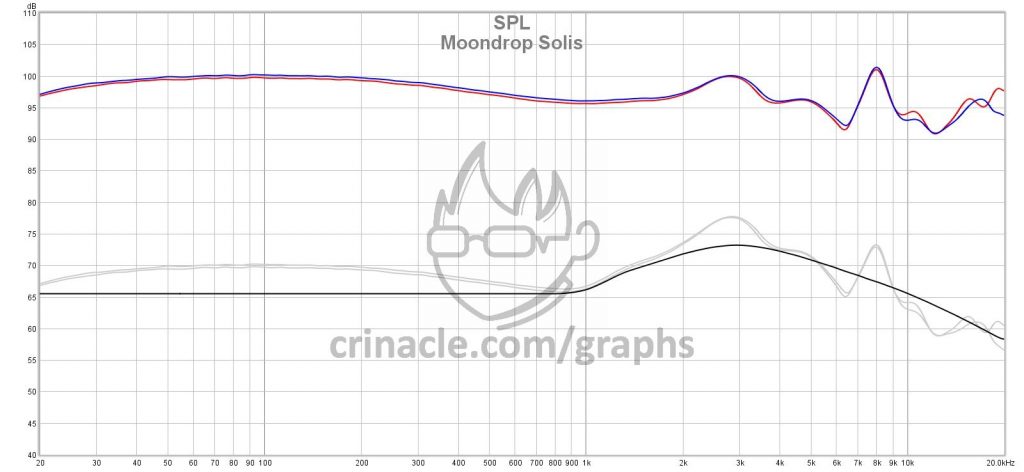
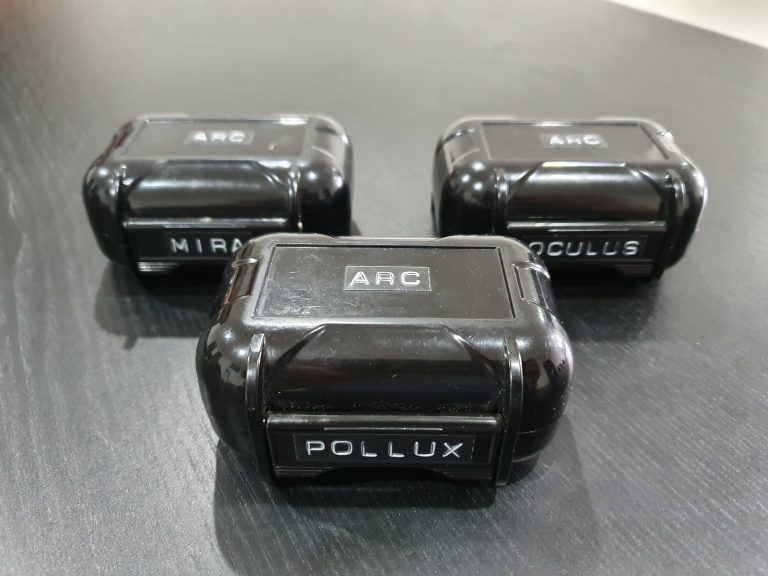

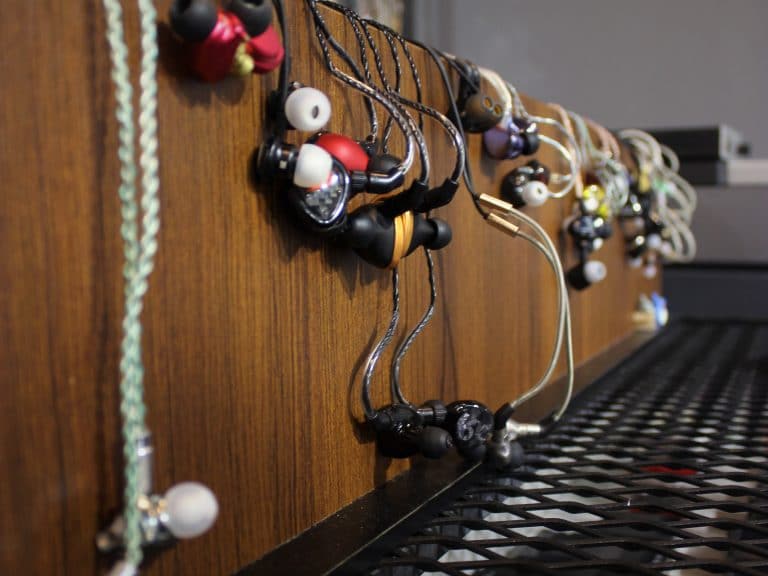

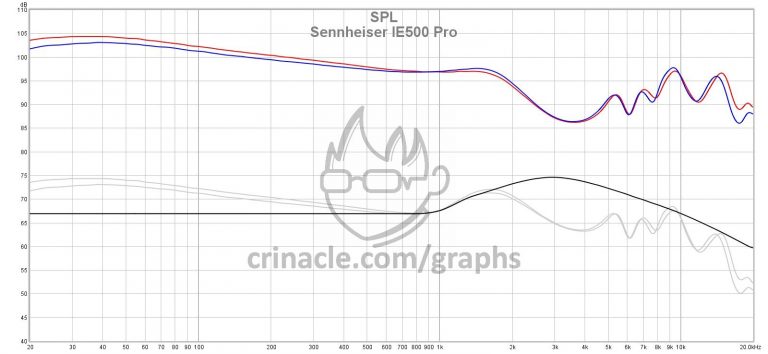


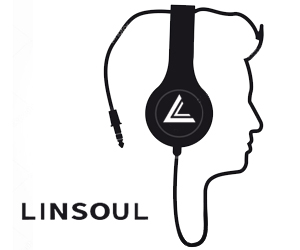


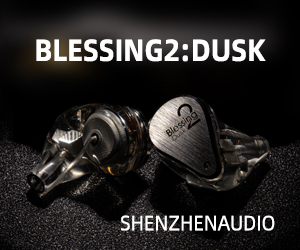
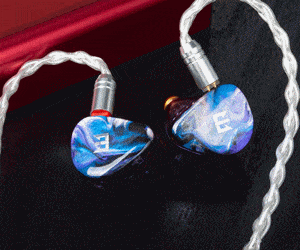

3 thoughts on “Moondrop Solis: Unboxing”
On the Blessing 2, some one on head-fi mentioned that moondrop decided to use a paper composite diaphragm instead of mylar (DLC) or metal based, like most of the other high end products.
Is there a concern that the paper composite diaphragm could absorb moisture? Since this is apparently an issue in speakers, where humility can slow the driver response by increasing diaphragm weight, virtually nobody uses paper based diaphragms now for high end products.
How well will it hold up in high humidity environments? Can you measure before and after?
By “High end products(speakers)”, do you mean products that are just shiny and priced stratospherically, or products that are actually technically and quantifiably great?
I’m also a speaker enthusiast and DIY maker, and to this day paper cones are known to have some of the best characteristics for bass drivers, while metal diaphragms are almost universally hated. I don’t see where this concern comes from, especially if you’re coming from the speaker sphere.